A fresh image of the supermassive black hole in our galaxy has just been unveiled.
Table of Contents
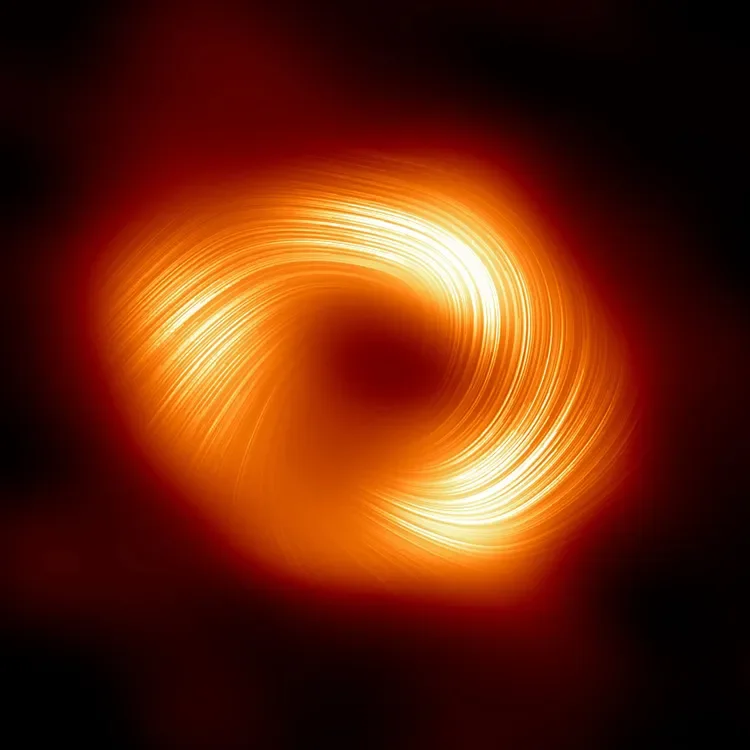
Astronomers have discovered well-organized magnetic fields swirling into the supermassive black hole located at the core of our Galaxy, known as Sagittarius A* (Sgr A). This new image marks the first time that the supermassive black hole at the heart of the Milky Way has been depicted in polarized light.
Furthermore, the research accompanying the image’s release indicates that the magnetic field arrangement at the center of Sagittarius A* resembles that of the black hole situated at the core of the M87 galaxy.

Until now, the Event Horizon Telescope has captured images of only two black holes, achieved by connecting radio telescopes worldwide to form an Earth-sized observatory. By comparing these two black holes, astronomers have been able to deduce potential similarities shared among supermassive black holes, such as the presence of powerful magnetic fields. Additionally, the findings hint at the possibility of an unseen stream of material emerging from our own supermassive black hole.
Let’s Start the Story
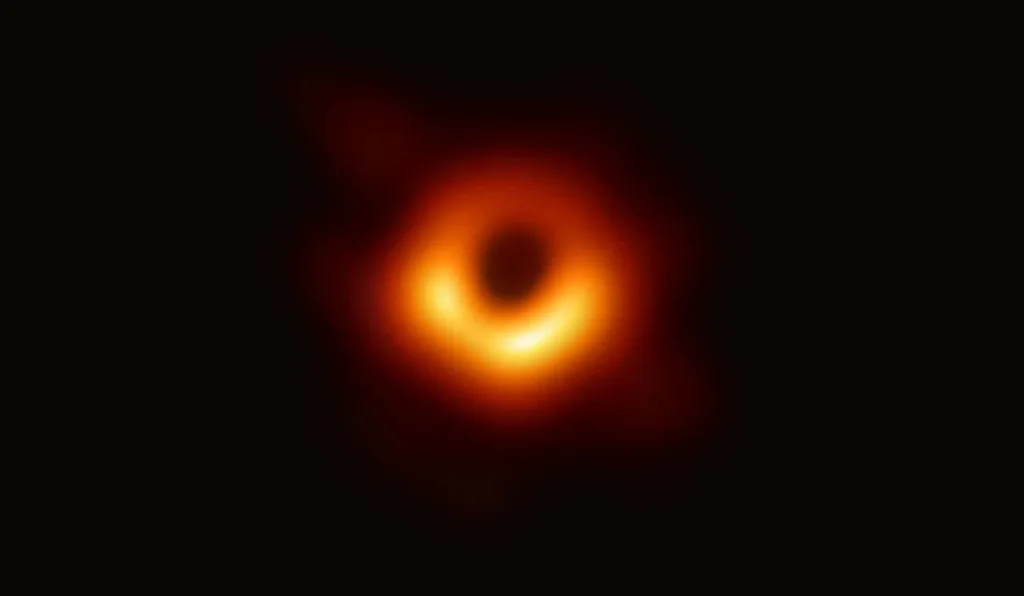
In April 2019, astronomers unveiled the world’s inaugural image of a black hole, marking a historic moment. This black hole, situated at the core of the M87 galaxy, is classified as a supermassive black hole.
It is widely believed among astronomers that the majority of galaxies harbor a supermassive black hole at their center, including our own Milky Way galaxy. Subsequently, in 2022, astronomers presented a second image: this one depicting the supermassive black hole located at the center of our galaxy.
Drawing a Comparison Between Sagittarius A* and the Black Hole in M87
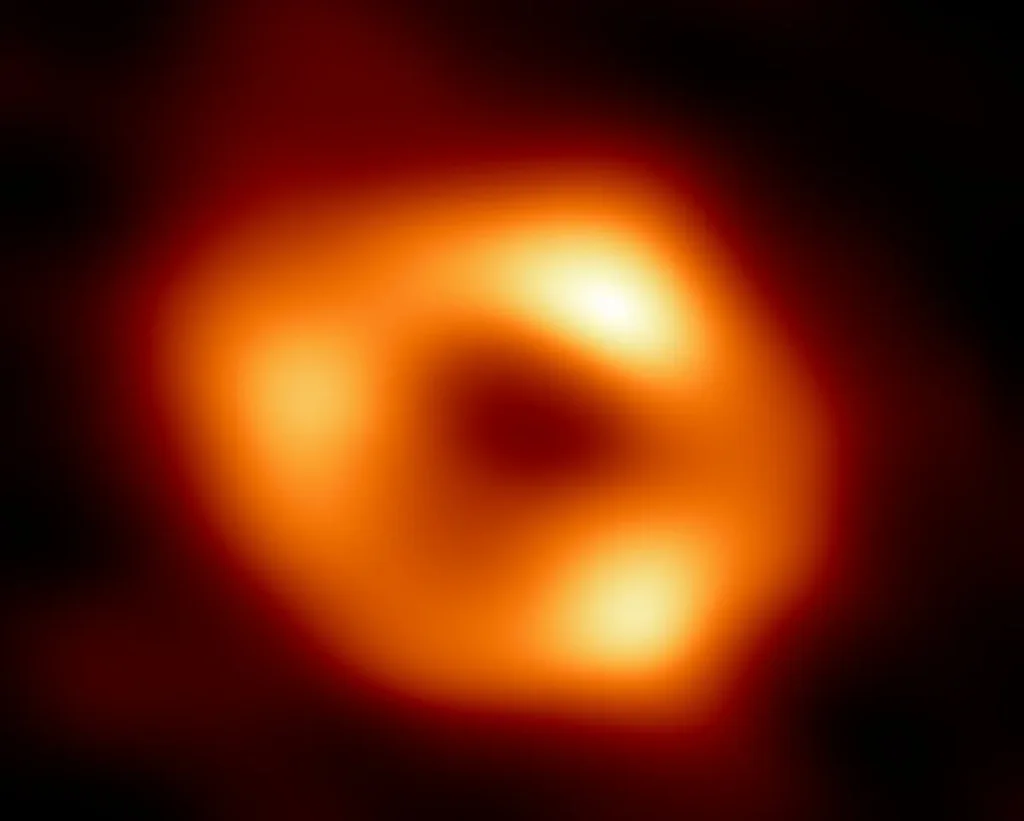
The comparison of the two images revealed that despite being over 1,000 times smaller and less massive than the black hole in M87, the supermassive black hole in the Milky Way appears similar in structure.
In 2021, examinations of the light surrounding the black hole in M87 demonstrated how its magnetic fields led to the emission of strong jets of material into space. Now, this latest image indicates that a similar phenomenon could be occurring with Sagittarius A*.
Understanding Polarized Light
Both black hole images were obtained using polarized light, but what exactly does this entail? Light behaves as an electromagnetic wave, undergoing oscillations as it moves. Occasionally, these oscillations align in a particular direction, resulting in what is termed as ‘polarized’ light.
While polarized light remains unseen to the human eye, within the plasma surrounding black holes, particles traveling along magnetic field lines unveil a polarization pattern perpendicular to the field.This allows astronomers to perceive black holes from an alternative angle and chart their magnetic field lines.
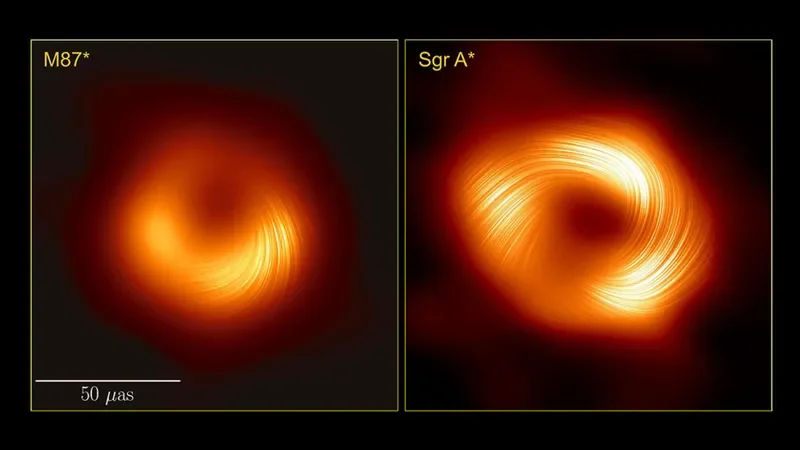
“Through capturing polarized light emitted by heated, luminous gas in proximity to black holes, we can directly deduce the configuration and intensity of the magnetic fields interwoven within the stream of gas and matter that the black hole consumes and expels,” explains Angelo Ricarte, a Fellow at the Harvard Black Hole Initiative and co-leader of the project.
“Polarized light offers deeper insights into astrophysics, gas properties, and the mechanisms involved in the feeding process of black holes.”
Black hole jets
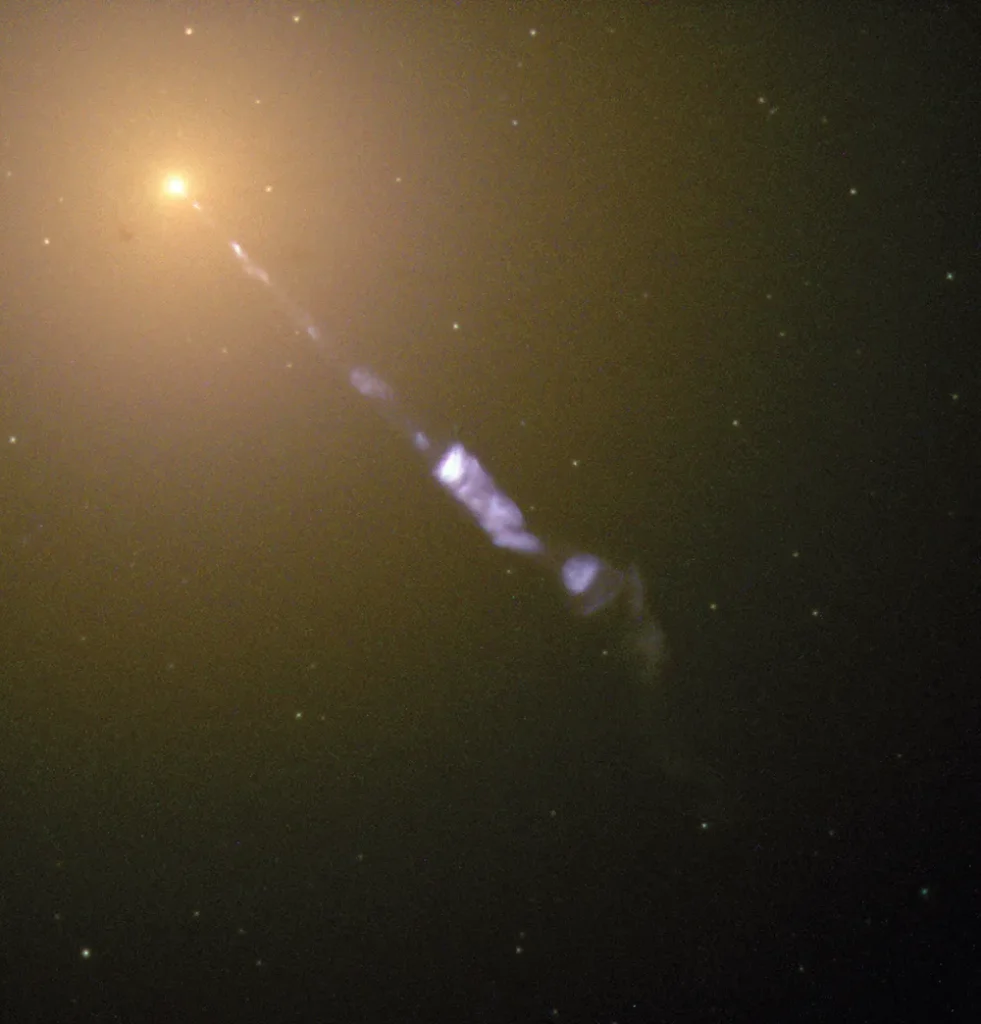
The data gathered could provide valuable insights into a crucial aspect for astronomers: black hole jets.
These jets, comprised of material expelled from black holes, emit intense light, contributing to the brightness of the cores of galaxies, termed active galactic nuclei.
Michi Bauböck, a postdoctoral researcher at the University of Illinois Urbana-Champaign, highlights the differences between M87* and Sgr A*: M87* is substantially larger and accretes matter from its surroundings at a faster rate. Consequently, one might anticipate significant disparities in their magnetic fields. However, the observed similarity suggests a potential commonality across all black holes.
Understanding the magnetic field dynamics near black holes addresses various unresolved questions, encompassing the formation and propulsion of jets and the origins of the luminous flares detected in infrared and X-ray wavelengths.
The ongoing observations by the Event Horizon Telescope, initiated in 2017 and set to continue with Sgr A* in April 2024, offer promising prospects for further discoveries that could unravel the enigmatic nature of black holes.



Pingback: Star Wars Outlaws release date is August 30, three editions ready for pre-order - Newzertainment